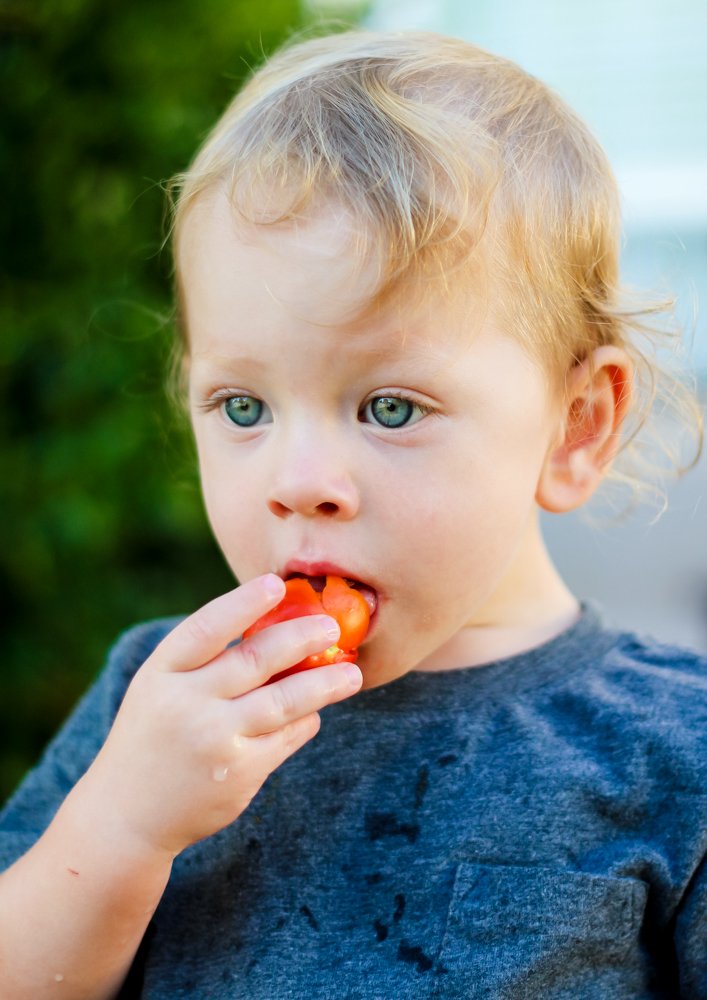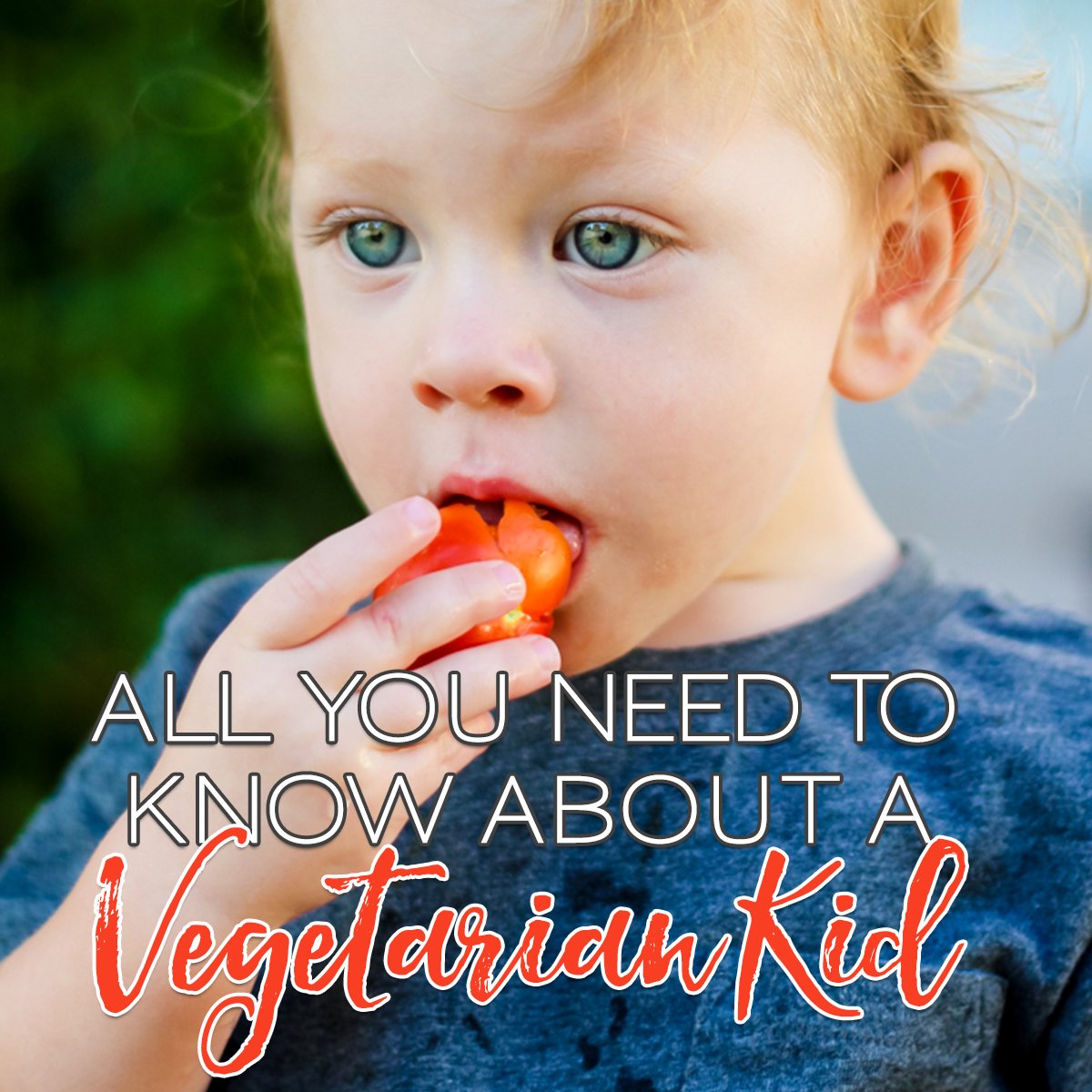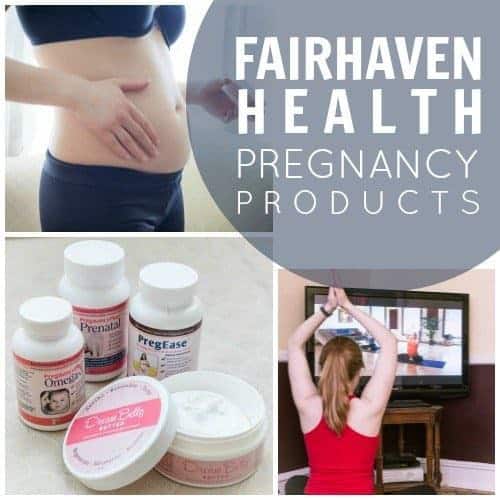So, your child wants to be a vegetarian or maybe was never really into meat from the start? No worries, being a vegetarian is very healthy and a relatively easy adjustment into your lifestyle. While your whole family doesn’t have to become vegetarian, you can all benefit from participating in “meatless Mondays” or simply learning more about new foods. Vegetarianism is a healthy choice; instead of fighting it, embrace your vegetarian child’s wishes.
A 2010 survey by Vegetarian Resource Group found that three percent of youth in the United States are vegetarian, equivalent to about 1.4 million people.
Why go vegetarian?

The ADA says that kids who are vegetarian eat less cholesterol, saturated fat and eat more fruits, vegetables, and fiber than typical meat-eating diets. Vegetarianism can be very healthy, but you have to be conscientious of what your child is eating. The more restricted the diet, the higher they are at risk for developing deficiencies. There is research that supports that children raised vegetarian grow up to be slimmer, healthier, and live longer.
Not in the dinner making mood? Try these awesome kids meals at restaurants near you:
- Chipotle– Chipotle allows kids to create their own bento box of sorts and load it up with sides of their choosing. Start with a yummy bean and cheese quesadilla, add some rice, fresh salsa, lettuce, or guacamole. You can also get a side of blueberries or oranges to accompany your meal.
- Zoe’s Kitchen– What’s not love when a restaurant focuses on Mediterranean diet! Hummus all around. Kids can choose a cheese quesadilla or pizza piadini, along with a side of fresh fruit, braised white beans, or hummus.
- Jason’s Deli– Hello, salad bar! They have an awesome array of fresh fruit and veggies, along with hummus, bean salad, and nuts to help make a complete meal. They also have great options like baked potatoes with fun toppings, grilled cheese, or PB&J.
Types of Vegetarian
The Vegetarian Society defines a vegetarian as follows:
“A vegetarian is someone who lives on a diet of grains, pulses, legumes, nuts, seeds, vegetables, fruits, fungi, algae, yeast and/or some other non-animal-based foods (e.g. salt) with, or without, dairy products, honey and/or eggs. A vegetarian does not eat foods that consist of or have been produced with the aid of products consisting of or created from, any part of the body of a living or dead animal. This includes meat, poultry, fish, shellfish*, insects, by-products of slaughter** or any food made with processing aids created from these.”
- Lacto-ovo-vegetarians: Eat both dairy products and eggs. The most common type.
- Lacto-vegetarians: Avoid eggs but eat dairy.
- Ovo-vegetarians: Eat eggs but not dairy products
- Vegan: Eat no dairy products, eggs, or any other products derived from animals (in terms of diet this is the most restrictive)
Types of Deficiencies

Protein
Protein is used to build and repair tissues as well as make enzymes hormones and other chemicals. A common fear of deficiency among non-vegetarians is that vegetarians will be unable to get enough protein. However, the truth getting enough protein is relatively easy. (Especially if eating eggs and dairy).
Protein Requirements for Kids:
Age 4-9: 19 grams of protein daily for boys and girls
Age 9-13: 34 grams of protein per day
Age 14- 18: Boys should get about 52 grams of protein per day, Girls need about 46 grams of protein per day.
Protein Rich Foods: Beans, Nuts, Quinoa, Tofu, Nut butters, Dairy
Iron
Iron helps to carry oxygen via the red blood cells throughout the body. Iron is the most common deficiency because the iron found in plants is not as easily digested as that found in meat. In fact, the RDA (recommended daily allowance) for iron is actually higher for Vegetarians because they absorb little-to-no heme iron (animal sources of iron). Coupling iron-rich foods with Vitamin C can more than double iron absorption.
Iron Requirements for Kids:
Pre-puberty: Range between 7-10 milligrams (mg) a day.
Teen years: Boys need about 11 mg a day, Girls who have started menstruating need more, about 15 mg.
Iron Rich Foods: dark green leafy veggies (spinach, collard greens, kale) and beans such as kidney, navy, lima, and soy.
Vitamin B12
Known as the “energy vitamin” because your body requires it for energy production, blood formation, and DNA synthesis.
B12 Requirements for Kids:
Babies: about 0.5 micrograms daily.
Toddlers: 0.9 micrograms daily.
Ages 4-8: 1.2 micrograms daily.
Ages 9-13: 1.8 micrograms daily.
Teens: 2.4 micrograms daily
B12 Rich Foods: Nori Seaweed, Eggs, Check food labels for the content of cyanocobalamin, the active form of vitamin B12.
Zinc
Just like iron a nonmeat source of Zinc is harder to absorb than those found in meat. Zinc helps the immune system function properly.
Zinc requirements for kids:
There are no Zinc requirements before the age of 4.
Ages 4-8: 5 mg of Zinc daily
Ages 9-13: 8 mg daily.
Ages 14-18: 9 mg to 11 milligrams daily.
Zinc rich foods: Cashews, Swiss Cheese, Milk, Oatmeal
Omega 3/Omega 6 Fatty Acids
These are commonly known as fish oils because they are found naturally in fish. They are important for brain function and heart health. Fortified foods may help in brain and vision development.
Omega 3/Omega 6 Fatty Acid Requirements for Kids:
Ages 1-3: 7,000 mg of omega-6 daily, 700 mg of omega-3 daily
Ages 4-8: 10,000 mg of omega 6 daily, 700 mg of omega-3 daily
Omega 3/Omega 6 Fatty Acid rich foods: Walnuts, Chia Seeds, Flaxseeds, Peanut Butter, Tofu
Calcium
Calcium helps to build strong healthy bones and teeth. Calcium is recommended for obvious reasons, but also because the more they intake as a child, the less they are at risk for poor bone health later in life. This shouldn’t be much of a problem for most vegetarians, but can be for vegans.
Calcium Requirements for Kids:
- Ages 1-3: 700 mg daily.
- Ages 4-8: 1,000 mg daily.
- Ages 9-18: 1,300 mg daily.
Calcium Rich Foods: Dairy products, Deep green vegetables, Almond Milk
Favorite Snacks: Sometimes we just need something quick and healthy for our kids to grab. Here are a few favorites picks:
Common Mistakes

While being a vegetarian is considered a healthy lifestyle, there are a few common mistakes families make. The first is not replacing the meat with anything, in other words not subbing a protein for a protein. See above protein suggestions but try something like a black bean burger, lentil stew, or other high vegetarian protein meal. Another common mistake would be overcompensating for protein. Instead of giving the child a healthy supplement, caregivers end up serving something high in saturated fat and calories. Relying too much on pasta as a meal replacement is also a common mistake. Pasta can make a hearty (easy) meal in moderation, but it shouldn’t be the child’s main form of nutrition. Finally, not getting enough variety. Trying new things isn’t always a favorite, but keep offering anyways. Even if they only eat one bite today, tomorrow may be a different story.
Vegetarian Meal Ideas
Smoothies: Smoothies make perfect meals/meal replacements. You can put almost anything in them and kids will love them because the veggies and protein are masked by the fruity flavor.
Ingredients
- 1 Banana
- 1/2 Frozen Berries
- 1 /2 cup frozen Spinach/Kale or other greens
- 1/4 Almond Milk
- Chia Seeds
- 1/2-1 cup PB2 Powder, Or any nut butter (for protein)
- Ice
- Water to Thin
Combine all in a blender and blend until smooth.
Eggs, Bean, and Cheese Burritos: Don’t be afraid to eat eggs after breakfast. They are easy, quick and most kids love them.
Ingredients
- 1 Whole Wheat (even better sprouted grain) wrap
- 2 Eggs (free range, organic)
- 1/8 cup Shredded Cheese- any variety
- 1/4 cup cooked black beans
- Salt and pepper to taste
Scramble eggs, and add salt and pepper, if you like. Add eggs, beans, cheese and wrap together. Place in a panini press until cheese is melted. Enjoy!
This post is meant for educational purposes only. It is not intended to replace medical advice from your physician, doctor or health care professional. Please read our terms of use for more information.
Photo Credit: Ashley W
Sources: NPR, Vegetarian Society , Shape, WebMD, Huffington Post











































